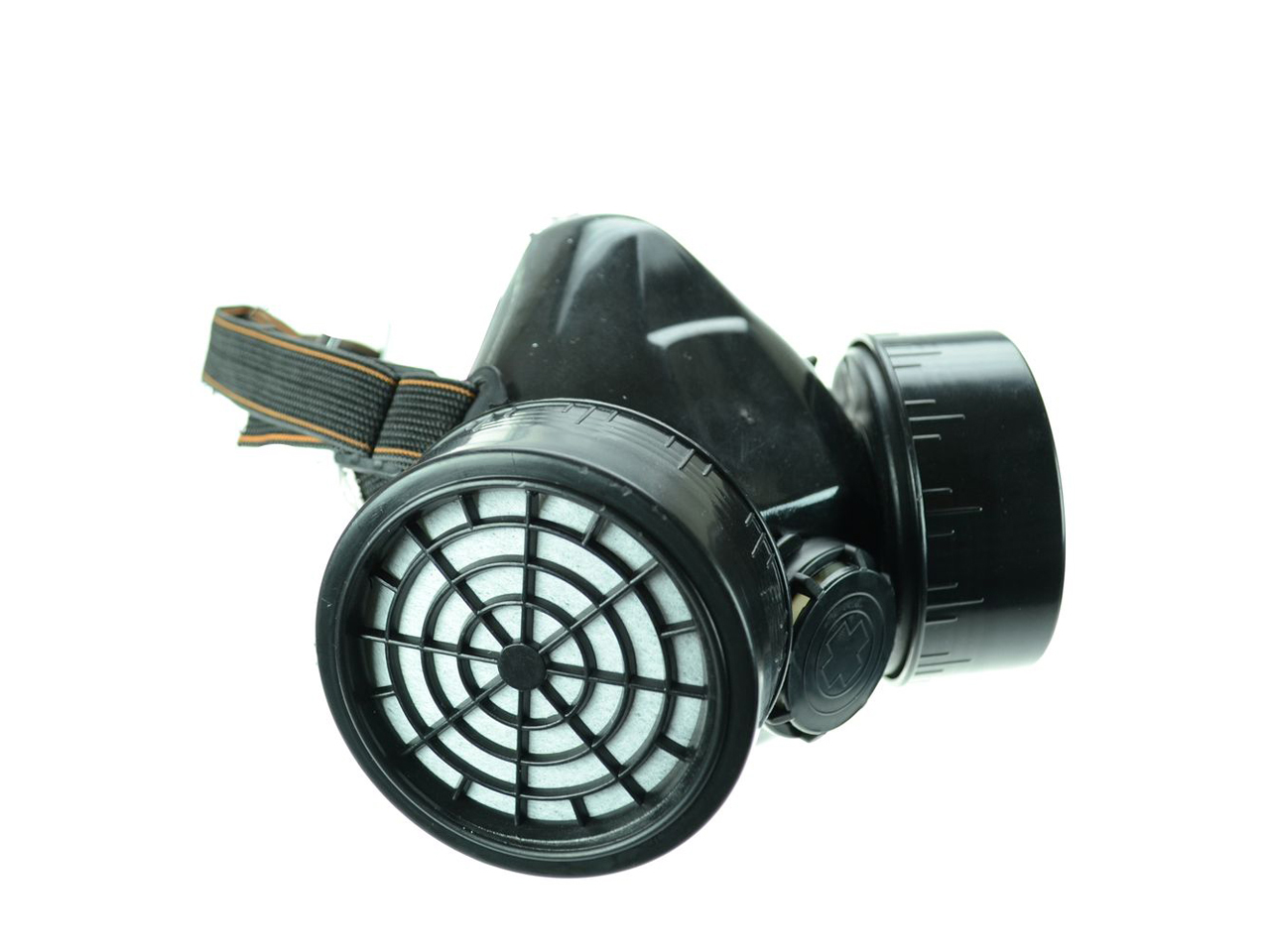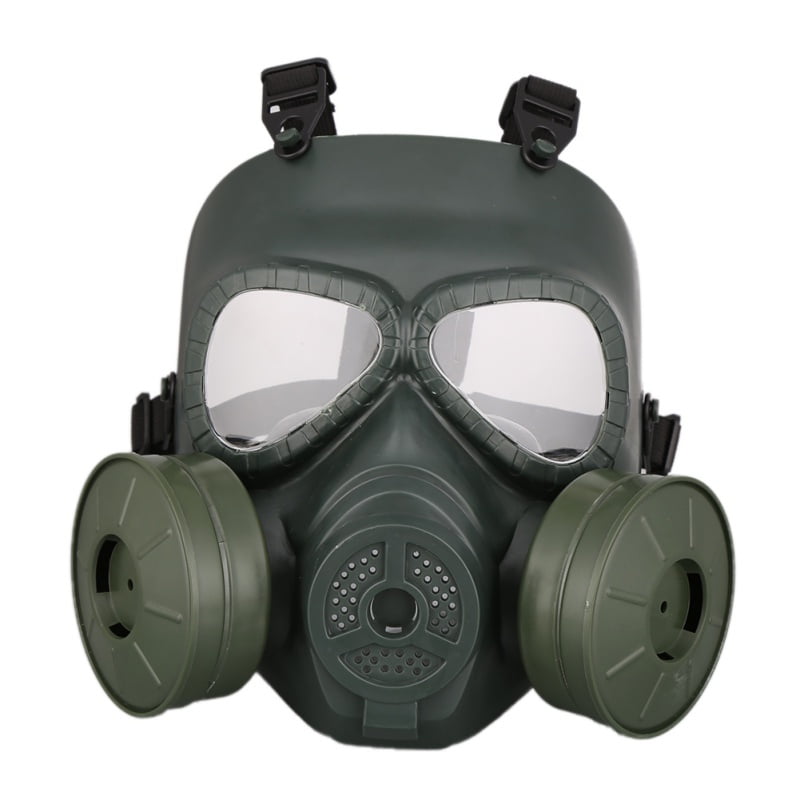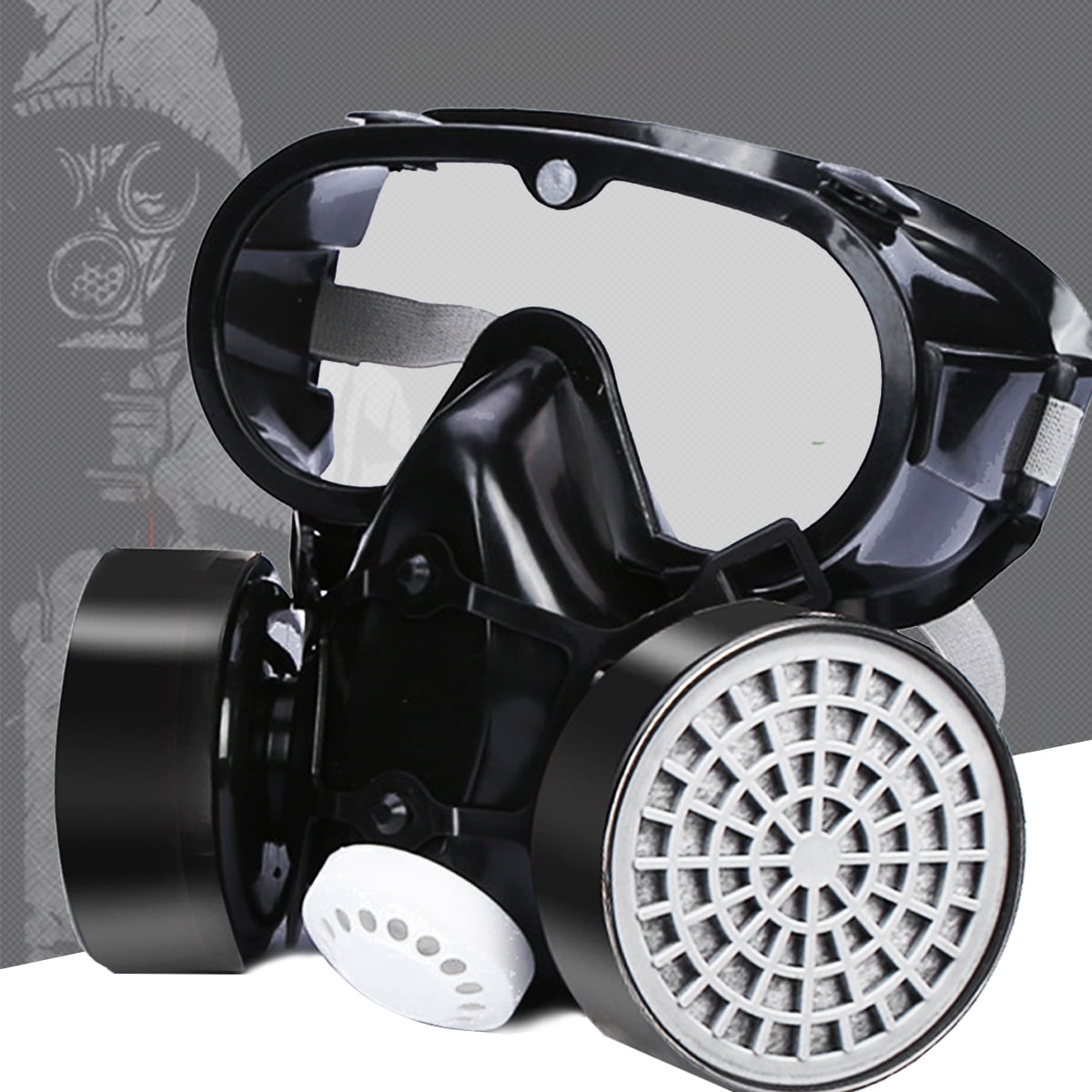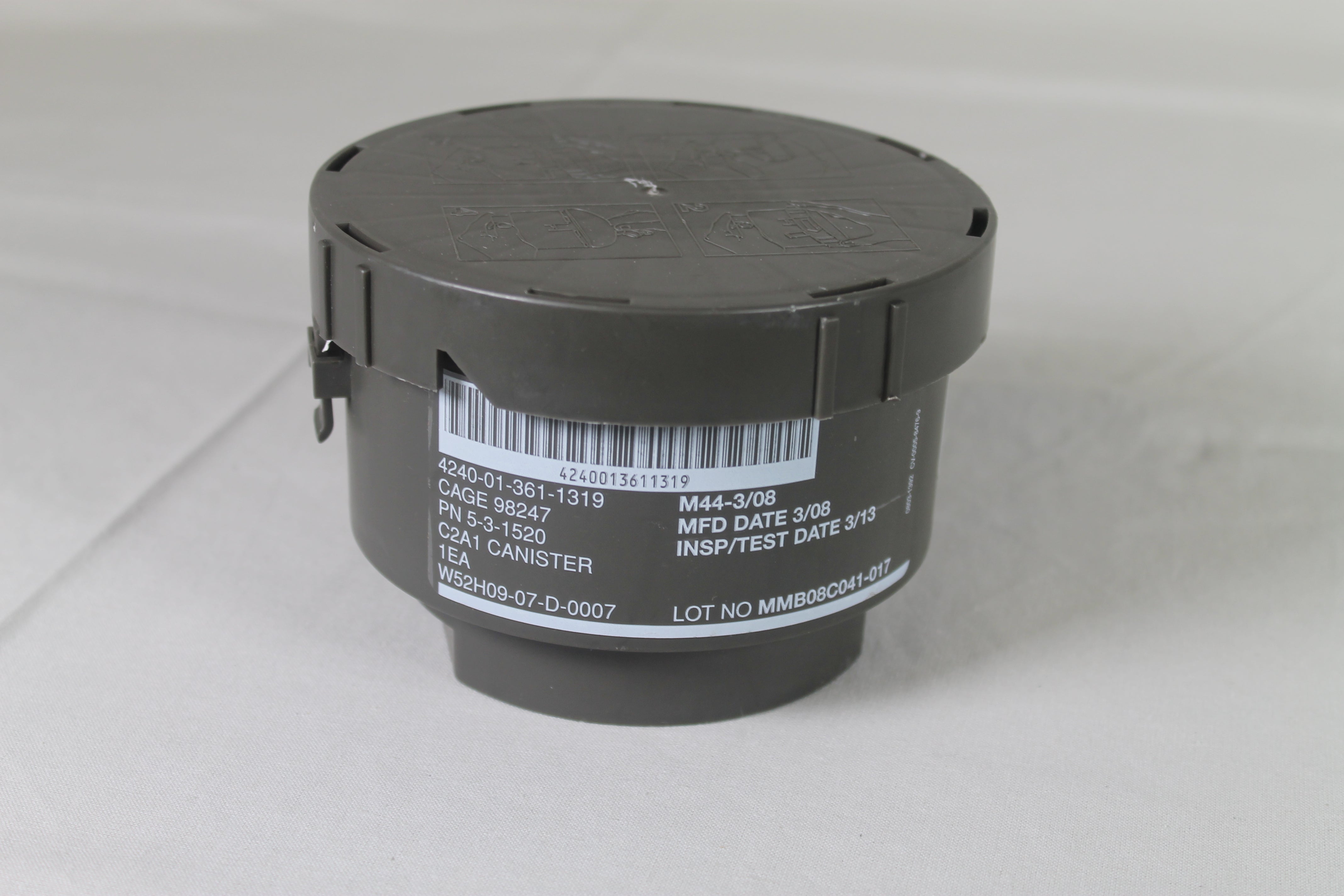
Combination filters usually consist of a particulate filter and a chemical filter housed in the same filter canister. 3) Combination Filters: These filters are designed to capture both particulates and chemicals, providing more comprehensive protection against a wider range of contaminants. They are typically made of activated carbon or another adsorbent material that attracts and binds the chemicals to its surface.

2) Chemical Filters: These filters are designed to remove specific chemicals, such as ammonia, chlorine, and sulfur dioxide, from the air. Particulate filters are usually made of fibrous materials, such as cotton, glass fiber, or polypropylene, that trap particles as they pass through the filter. Here are some of the most common types of gas mask filters: 1) Particulate Filters: These filters are designed to capture particles, such as dust, smoke, and aerosols. There are several different kinds of gas mask filters, and they are typically designed to filter out specific types of contaminants. Unused, they have a shelf life that should be monitored. The lifespan of a filter will depend on factors such as the type of filter, the concentration and type of contaminants in the environment, and how long the filter is used. It's important to note that gas mask filters have a limited use lifespan and must be replaced regularly to ensure that they continue to provide effective protection. Gas mask filters are usually classified by the type of contaminants they are designed to filter out, such as particulate filters for dust and smoke, chemical filters for hazardous chemicals and gases, and combination filters for both particulates and chemicals. Other types of gas mask filters may use materials such as zeolite, which can absorb moisture and certain chemicals, or copper oxide, which can neutralize some types of chemical agents. These pores act kind of like a sponge, attracting and trapping certain gases and particles as air flows through the filter. Activated carbon is a form of charcoal that has been treated with oxygen to create millions of tiny pores between the carbon atoms. The most common type of gas mask filter is the activated carbon filter, which is made up of a layer of activated carbon material.

Match your filter to the anticipated threat, or exceed it.

These filters are designed to protect the wearer from breathing in hazardous gases and particles, such as chemicals, smoke, and biological agents. This isn't just burning chemicals and fumes- particulates are cause for concern as well, not to mention chemical irritants and otherwise Particulate filters are generally smaller and easier to obtain How Filters Work Gas mask filters work by using various materials and technologies to remove harmful contaminants from the air before you breathe them in. It's important to know what you're buying- a week ago most people probably didn't consider CBRN threats a valid worry, but as current events are showing, it can happen anywhere. Not all filters are created equally- something that will help you with sawdust particulates but isn't rated for chemical fumes won't be the same as a filter that'll help against biological agents.

GAS MASK FILTERS The Basics and Considerations Before we get into classification, it's important to talk about how filters work.


 0 kommentar(er)
0 kommentar(er)
